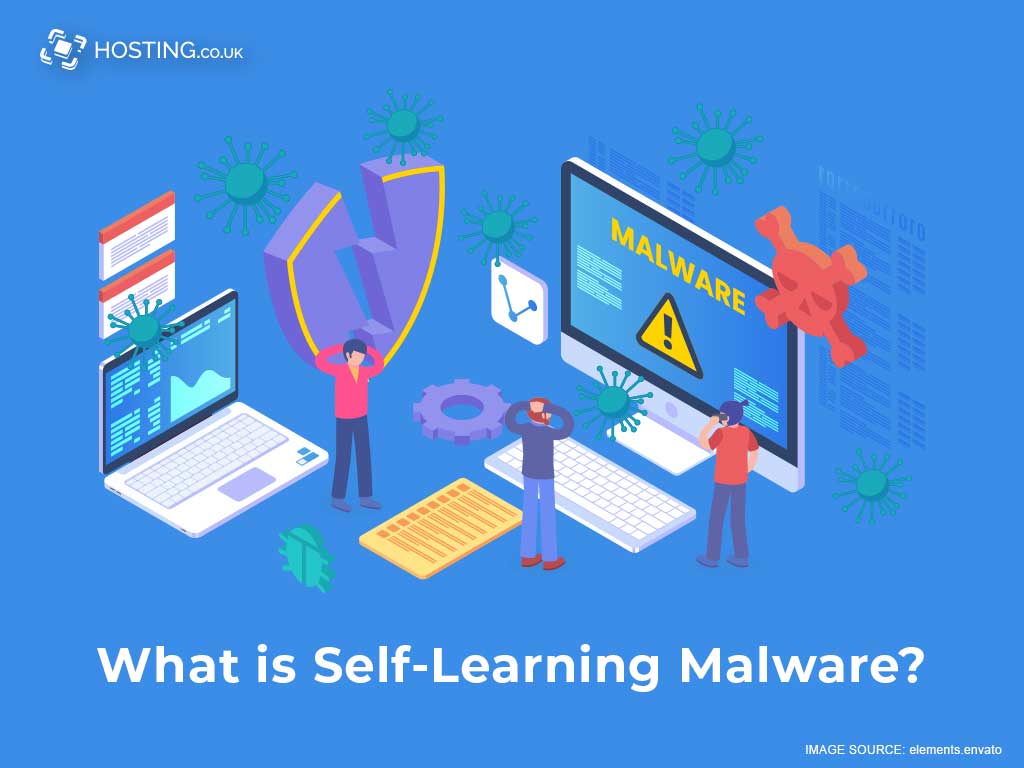A self-learning malware is a type of virus capable of analyzing any security covers that will assist in advancing its method of manipulating upcoming vulnerabilities, frequently updating itself as it comprehends more about its targeted environment.
When artificial intelligence is misused, it can assist in developing a malware that will be competent enough to adjust any of its activities as it diffuses.
Table of Contents
Development of an effective malware
The progression of an effective malware should not be quick nor affluent since it takes up a lot of skill and experience to develop an effective malware. In most cases, hackers will have an in-depth knowledge of networks and computers to assist in the development of new viruses and exploits. With the introduction of new technologies like machine learning (ML) and artificial intelligence (AL) computers, have become advanced.
Developers can foster applications that can acclimatize to the viruses and exploits generated by the hackers. The said applications will be able to analyze data and will be able to spot any suspicious patterns which will trigger automated actions from the computer without any human interference. Hackers will also use machine learning and artificial intelligence to generate innovative malware and radical cyberattacks systems. Developers will therefore move beyond the automation of malware.
The Olympic destroyer malware will automatically update its source codes as it acquires data from compromised computers. Passwords generated can be used to break into other computers. These will allow the virus to broaden across the network.
Should I be worried when using a malware?

For many years now, there has been an endless war between cybercriminals and security developers that has been fueled by the ever-growing technological sophistication. Security developers are trying to counter attacks by cybercriminals who are always trying to invent new advanced ways to attack. There is little evidence that self-learning malware is used. Cyber gangs will operate based on information and actions that will be displayed by their malware.
Most cybercriminals will have autonomous software as their main arsenal. The autonomous software will not make use of machine learning and artificial intelligence as it will be programmed to function in the environments it mainly affects and will do so without being remotely controlled.
Malware will exist in research labs where both cyber gangs and security defense teams will work on the development of malware for different purposes. Security defense teams who work in security labs will try to find vulnerabilities in already prevailing defense environments. These will ensure that the security technology can counter any upcoming wave of attacks and threats.
The security systems that are currently in place will be very much available for cyber gangs in a few years will mean the security systems need to be constantly updated. The technology used to develop the said malware will be available to criminals. Machine learning and artificial intelligence have become easy to operate while the low cost of cloud hosting makes a suitable development environment.
Threats that are vital to look at
‘Fortinet’ next-generation firewall developer predicts that cyber gangs will start using ‘hivenets’ which are intelligent patterns of compromised devices that will enable communication based on any activity that is gathered. The intelligence collected from compromised devices will be used by the hacked network. Using a malware to threaten weak and vulnerable systems will increase.
The self-learning malware in the compromised systems made smart, enabling them to undertake any commands with human intervention. These will create a favorable environment for hivenets to increase simultaneous attacks at the same time after conquering the victim’s security systems. ‘Swarmbots’ will be used by cyber gangs before the attack and will allow them to create patterns of compromised devices that may have weak self-learning malware capability. These will therefore prepare a base for a hivenets attacks.
The use of suspicious patterns of compromised systems created by simultaneously targets from different positions can carry out large-scale attacks at fast speeds. These will ensure that the criminals have ample time to find vulnerable systems and carry out multiple attacks. Al-based cybersecurity tools will therefore need to be updated to improve their speed and sophistication. Human intervention is required to achieve this update.
Can self-learning malware be a threat?
Self-learning malware is a powerful tool for cybercriminals and will not be the cheapest tool at their disposal. Even more, shockingly, it will not be used by most cybercriminals to hack any systems. The compromised system will not be defended. With more and more existing systems being vulnerable to attack, security developers will create better software that counters attacks.
Cybercriminals will also find more innovative ways to gain access to login credentials. They also gain cheaply available malware using social engineering and phishing. Therefore, the need to secure our systems by adapting more advanced means. Malware is developing by the use of phishing and social engineering. Which ensures information concerning targets gets eliminated.
Conclusion
Cyberattacks are the threats to most systems that disrupt operations leading to the loss of significant amounts of resources. It is therefore vital to secure systems by sophisticating our defense systems.
Hosting.co.uk offers secure website hosting in the UK for small to medium businesses and individuals. You can start from as low as two pounds per month. There also offer numerous packages with different features and prices. They also have come up with a customer support team that is available 24 hours a week. Plus, support is 100% focused to cater to all your needs.
